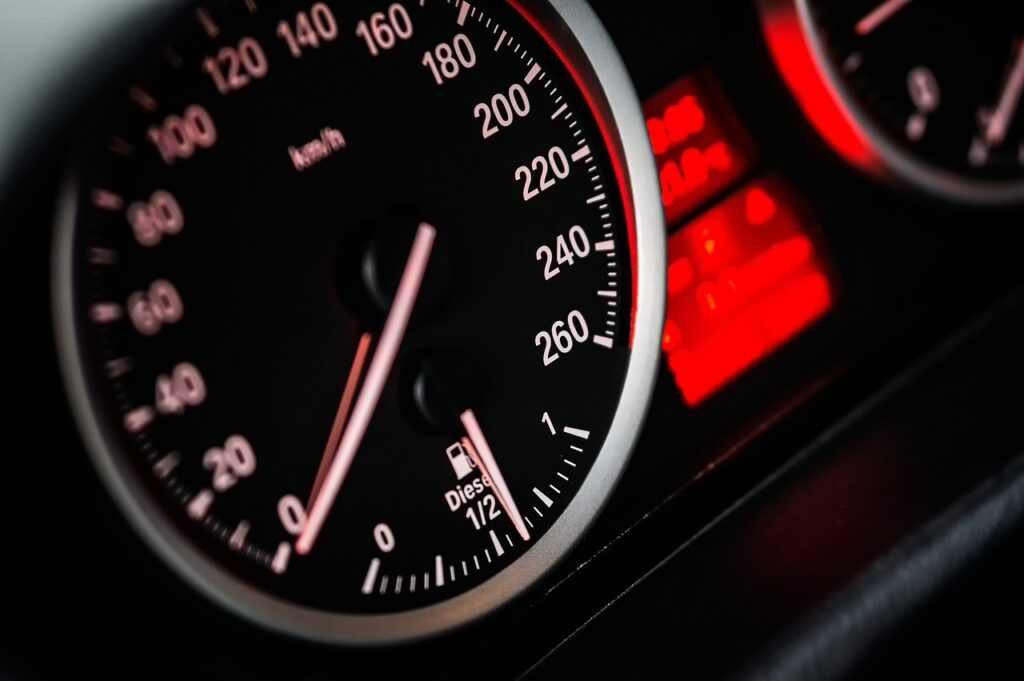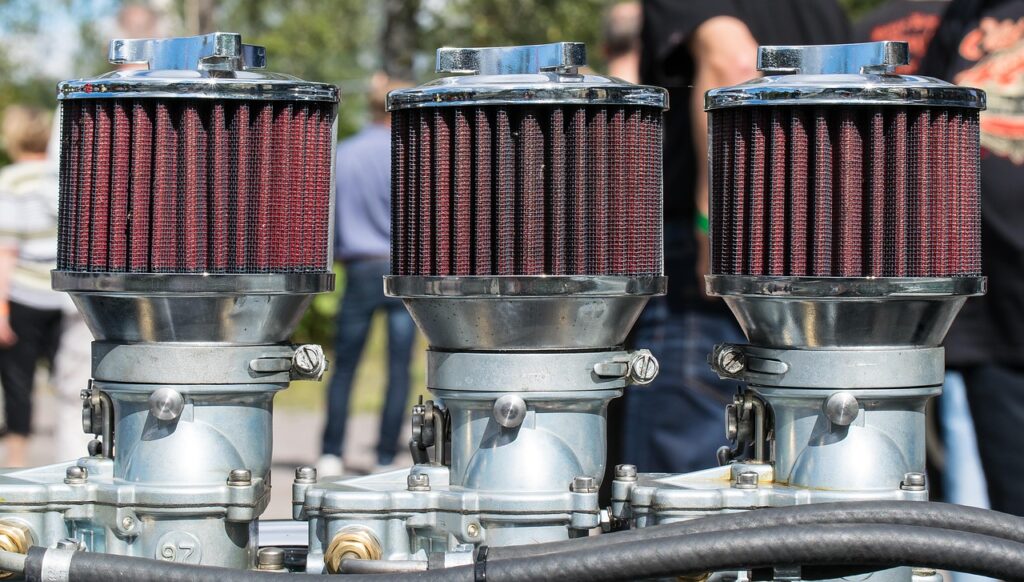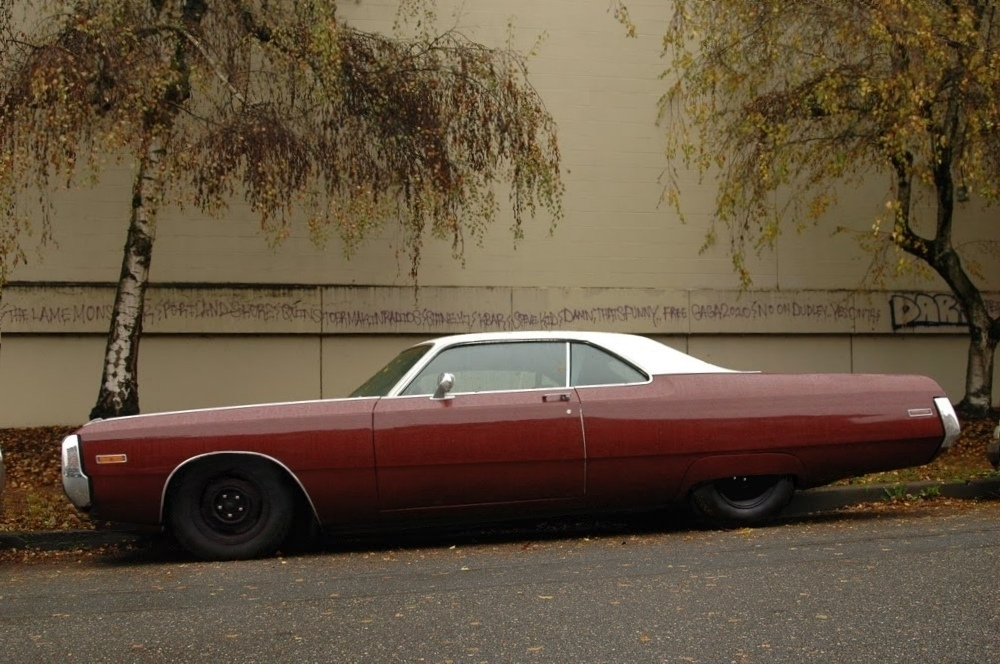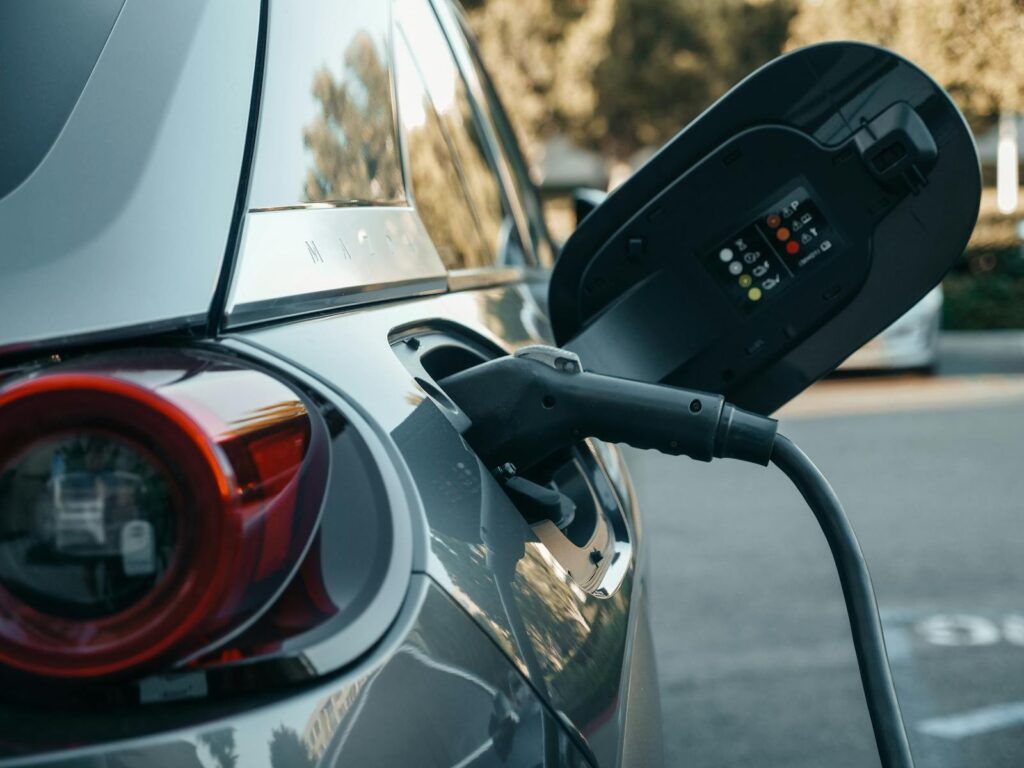
Modern vehicles are technological marvels, packed with an array of buttons, sensors, and intricate systems designed to enhance both performance and safety. Yet, in our daily commutes and longer journeys, it’s remarkably easy to overlook or misunderstand some of these critical features, often leading to not just potential dangers on the road but also significant financial burdens down the line. Many drivers, whether behind the wheel of a brand-new car or a beloved pre-owned model, might find themselves “button-happy” without fully comprehending the implications of each press, or perhaps entirely neglecting vital maintenance points that are out of sight.
This oversight isn’t just a minor inconvenience; car experts are issuing urgent warnings that ignoring certain buttons or deferring essential upkeep can result in thousands of dollars in repairs and even increase the risk of accidents. From the subtle ‘off’ button that controls advanced safety systems to the recirculation feature influencing both comfort and economy, and the often-forgotten internal components that keep your engine running smoothly, a little knowledge can truly go a long way. Understanding these often-misunderstood aspects of your vehicle is not merely about saving money; it’s fundamentally about ensuring your safety and extending the life of your investment.
In this in-depth guide, we’ll delve into specific warnings from driving experts and former mechanics, revealing the crucial buttons you should think twice about pressing and the fundamental car parts that, if neglected, could lead to catastrophic failures and exorbitant repair costs. Our aim is to empower you with practical, actionable insights, drawn directly from expert advice, so you can navigate the complexities of car ownership with confidence, avoid common pitfalls, and protect both your finances and your well-being on every journey. Let’s uncover these vital pieces of information that 99% of drivers might be overlooking.
1. **Vehicle Body Stabilization System (Traction Control) ‘Off’ Button**
Among the myriad buttons adorning a modern car’s dashboard, there’s one particular ‘off’ button that a driving expert, known as @carknowledge_ on TikTok, has singled out as “dangerous” if pressed. This button controls what is often referred to as the vehicle body stabilization system, or the vehicle anti-skid system. In many regions, this essential safety feature is more commonly known as traction control, and its purpose is to maintain your vehicle’s grip on the road, especially in challenging conditions.
The expert explicitly states that this function is “enabled by default” and that motorists “must not touch it.” The reason is starkly clear: “once pressed, the anti-skid system will automatically turn off.” The consequences of deactivating this system can be severe. If the anti-skid system is off when a driver attempts “turning sharply or accelerating sharply, the vehicle is likely to slip,” and in extreme scenarios, the car could even “roll.” This highlights a critical safety mechanism that, when disengaged, leaves the driver vulnerable to losing control of their vehicle.
Experts over at KBB echo this sentiment, emphasizing that while it is possible to “knock traction control off,” it is “rare you’ll need to.” They provide crucial advice, stating that “traction control must remain activated in driving instances like heavy rain, snow, or icy conditions.” The system acts as a vital safeguard, as “traction control can be the difference between staying on the road and crashing your car due to skidding, including when the roads are wet or icy.” For peace of mind and proactive safety, KBB advocates for keeping it activated “most of the time,” even when conditions “seem safe,” as a precautionary measure.
The underlying mechanism of traction control involves detecting when your tires begin to lose grip on the road and enter a state of wheel spin. When this dangerous situation occurs, the system actively works to slow the spinning wheel, ultimately striving to make it stop and regain traction. This sophisticated intervention is what prevents a driver from losing control, particularly at high speeds or when cornering, making the ‘off’ button a feature that should indeed remain untouched for the majority of journeys.
However, there are very specific and rare circumstances when pressing the ‘off’ button for traction control might be necessary. This disabling action is “really only suited for specific weather conditions,” primarily “icy or snow when your wheels cannot grip the road.” In such extreme low-traction scenarios, by disabling the system, you can allow the wheels to spin more, potentially generating the momentum needed to initiate movement. Without this override, the system would continuously detect wheel spin and cut power, preventing any progress. The same logic applies if you find yourself “off road and in very muddy conditions,” where controlled wheel spin can sometimes be beneficial for extrication. These instances, however, are exceptions, not the rule, and underscore why the ‘off’ button should be avoided 99 percent of the time.

2. **Recirculation Button (Winter Avoidance)**
While many buttons in a car are designed for convenience, some, when used improperly, can pose significant risks. The recirculation button, often marked with a car symbol and a curved arrow, falls into this category, particularly when it comes to colder weather. Car expert Andrew Jervis has issued an “urgent warning” to drivers, specifically advising against using this feature as temperatures fall, highlighting its “dangerous effect” during winter months.
The core issue stems from how the recirculation function operates in cold conditions. Andrew explained that “drivers should avoid using the recirculation button during winter months as it traps the moisture inside the vehicle, making it more difficult to clear your windows of dew.” This trapping of moisture leads directly to misted windows, severely impairing visibility. The inability to properly see road hazards, combined with the risk of the cabin air becoming too warm and making a driver drowsy, could have “deadly” consequences on the road.
Beyond the immediate safety concerns, misted windows due to improper use of the recirculation button can also lead to legal repercussions. Having your view of the road obscured is considered an offense and can result in significant penalties, including a “£1,000 fine and three licence points.” This financial and legal risk further underscores the importance of understanding when not to use this seemingly innocuous button. It’s a clear reminder that road safety regulations are in place to prevent accidents, and clear visibility is paramount.
Kazimieras Urbonas, supplier excellence manager at Ovoko, Europe’s largest online marketplace for used car parts, reinforces this critical advice. He states, “Never use recirculation in winter when your windows might fog up. You need fresh air circulation to prevent condensation, and safety always comes before fuel economy.” This expert consensus makes it unequivocally clear that while the button has its uses, its application must be intelligently adapted to the prevailing weather conditions, with safety always being the ultimate priority, outweighing any perceived benefits in colder months.
Therefore, as the colder months approach, with their accompanying challenges of icy or misty windows and increasingly hazardous road conditions, drivers are strongly advised to prioritize proper defogging techniques that involve drawing in fresh air. Andrew Jervis recommends that motorists “check up on how to properly defog their windows in the winter.” This proactive approach, coupled with an understanding of the recirculation button’s detrimental effect in cold, moist environments, is essential for maintaining clear visibility and ensuring a safe journey for everyone on the road.
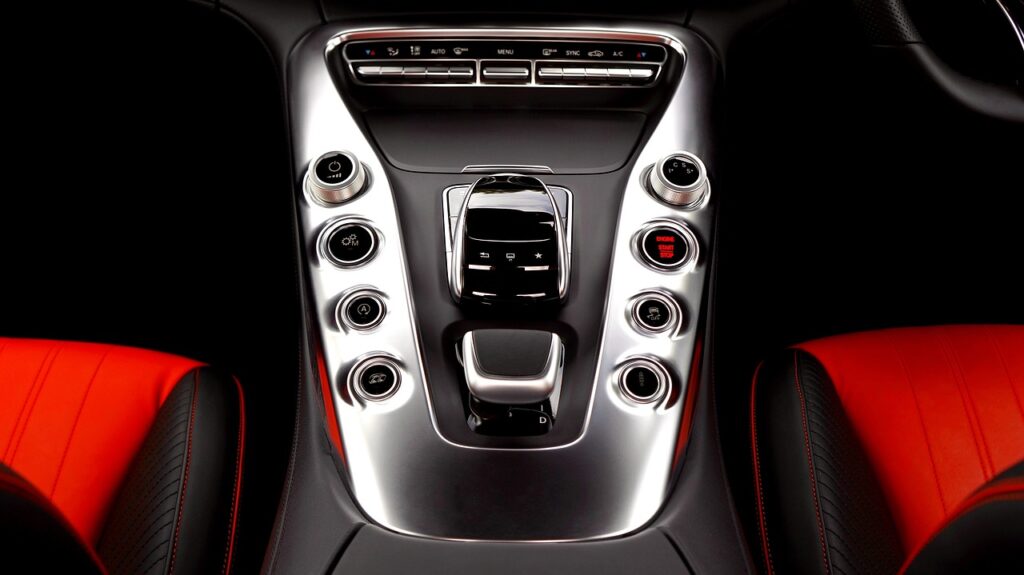
3. **Recirculation Button (Summer Use for Fuel Economy)**
While the recirculation button is a hazard in winter, it transforms into a valuable asset during the warmer months, offering a smart way to enhance comfort and improve fuel economy. In summertime, this function is described as “a great way to keep cool and save money.” Its primary benefit lies in its ability to manage the air within your vehicle more efficiently, especially when the external temperatures are soaring.
Kazimieras Urbonas, a car expert, highlights that “There’s one button that virtually every car has, but most people either ignore it completely or use it wrong.” He identifies this as the air recirculation button, explaining its proper use can “actually reduce your fuel consumption.” The common perception that it helps remove stale air or bad smells from a car is misleading; its true utility is in directing your AC system to reuse air that is already inside the car’s cabin.
When this button is pressed, you are effectively “telling your AC system to stop pulling in hot air from outside and instead recycle the air that’s already inside your car,” Urbonas clarifies. This seemingly “small difference” is actually “huge for your engine.” The rationale is straightforward: to cool hot air drawn from outside the vehicle, your car’s air conditioning system must “work much harder.” This increased effort directly translates into the AC “using more energy, and therefore, more gas.”
By contrast, when the system recirculates air that is already within the car, that air is typically “already a cooler temperature and requires less work to filter through.” This reduced workload for the AC compressor means less demand on the engine, leading to improved fuel efficiency. The best time to engage this feature is undeniably “in the summer, when the air outside is hotter than usual and you’re more likely to have the AC blasting.”
Urbonas underscores this logical connection, stating, “The harder your compressor has to work, the more fuel your engine burns to power it. When you use recirculation, you’re making that work much easier.” Therefore, by understanding and correctly utilizing the recirculation button in warm weather, drivers can enjoy a cooler cabin quicker, experience better fuel economy, and ultimately save money at the pumps, transforming a potential winter hazard into a smart summer strategy for efficiency and comfort.
4. **Engine Oil and Oil Filter**
Beyond the dashboard buttons, there are numerous critical components beneath the hood that demand attention, yet are frequently neglected by drivers. Topping this list is the regular maintenance of your engine oil and oil filter. A former mechanic emphatically states that “Failing to change your oil regularly is one of the fastest ways to destroy an engine.” This isn’t an exaggeration; the health of your engine is intrinsically linked to the quality and cleanliness of its lubricating fluid.
Dirty oil, over time, undergoes a detrimental transformation: it “thickens and loses its ability to lubricate.” When this happens, the vital internal components of your engine are no longer adequately protected, leading to “internal friction that wears down vital components.” This wear and tear is a silent killer for an engine, progressively damaging parts that are costly to replace. The situation can escalate further as “sludge can build up and clog the oil passages entirely,” cutting off the very lifelines of lubrication.
Once oil passages become clogged, the consequences are dire. Engine parts “can overheat, seize, and ultimately fail,” leading to a complete breakdown of the motor. The financial implications of such a failure are staggering; an “engine replacement can cost between $3,000 and $10,000 depending on the make and model.” When contrasted with the relatively modest cost of preventative maintenance, such as “a $100 oil change,” the expert concludes that “this is a risk no car owner should take.”
Regular oil and filter changes are not just recommendations; they are fundamental requirements for the longevity and reliable operation of any vehicle. The oil filter works in tandem with the oil, capturing contaminants and preventing them from circulating through the engine. A clogged filter is as bad as dirty oil, impeding flow and reducing the effectiveness of even fresh oil. Therefore, committing to routine oil changes, as specified by your vehicle’s manufacturer, is a simple yet profoundly impactful investment in preventing premature engine failure and avoiding thousands in unforeseen repair bills.
The lesson here is clear: proactive care for your engine’s lifeblood is non-negotiable. Ignoring the oil light or extending change intervals far beyond recommendations is a gamble with incredibly high stakes. By adhering to a consistent maintenance schedule for your engine oil and oil filter, you ensure proper lubrication, minimize friction, prevent sludge buildup, and protect your engine from catastrophic and wallet-draining failures, allowing your car to run smoothly and reliably for years to come.
Read more about: Beyond the Quarter-Million Mark: Our Shortlist of Cars Engineered for Extreme Longevity

5. **Brake Pads and Rotors**
Few components are as crucial to your safety on the road as your vehicle’s braking system, which serves as “your car’s first line of defense.” Despite their undeniable importance, brake pads and rotors are frequently among the most neglected parts, a oversight that can be both “dangerous and expensive.” Understanding the signs of wear and tear, and acting promptly, can literally be the difference between a safe stop and a hazardous situation, while also saving a significant amount of money.
The primary issue arises when brake pads, which are designed to wear down over time, become excessively worn. This leads to a perilous condition known as “metal-on-metal grinding that damages rotors.” The rotors, which are the discs that the brake pads clamp onto, are far more costly to replace than the pads themselves. While “replacing pads alone may cost around $200,” the former mechanic warns that “if you wait too long, rotor damage can push that cost well over $1,000,” dramatically increasing the repair bill.
Furthermore, the impact of poor brakes extends beyond just the braking system itself. Neglected brakes “also affect other systems, like your suspension and tires.” The additional strain and uneven forces generated by a compromised braking system can accelerate wear on these interconnected components, leading to a cascade of further expenses. This interconnectedness underscores why ignoring brake issues is a false economy, ultimately leading to more extensive and costly repairs across various parts of your vehicle.
Fortunately, your car often provides clear indicators when there’s a problem with its brakes. Drivers should pay close attention if their “car pulls when stopping or makes screeching sounds.” These are tell-tale signs that the brake system requires immediate inspection and potential servicing. Ignoring these warnings is not only financially imprudent but fundamentally jeopardizes safety. The expert’s counsel is unequivocal: “don’t delay.”
In essence, “Proper brake care saves lives—and serious money.” Regular inspection of your brake pads and rotors, listening for unusual noises, and addressing any changes in braking performance without hesitation are paramount. Investing in timely brake maintenance ensures that your car can stop effectively when needed, protecting you, your passengers, and other road users, while simultaneously preventing minor issues from escalating into major, expensive repairs. It is a critical aspect of vehicle ownership that should never be overlooked.
Read more about: Mechanics’ Top Frustrations: 14 Bad Car Habits You Need to Stop Now to Save Money and Your Vehicle’s Life
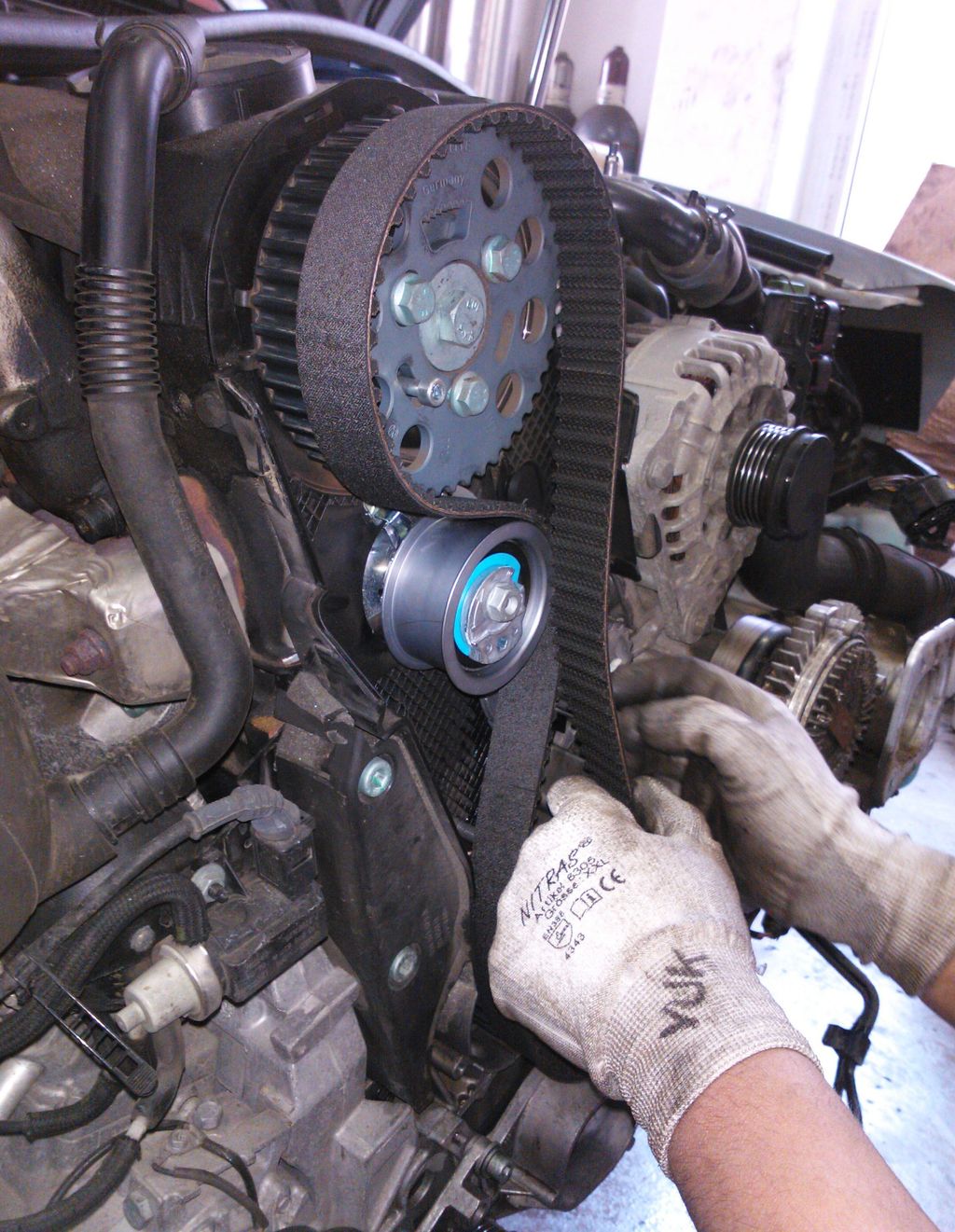
6. **Timing Belt**
While many drivers might meticulously check their oil or tire pressure, the timing belt often operates out of sight and out of mind, until it’s too late. This seemingly unassuming component plays an absolutely vital role in your engine’s operation, acting as the critical synchronizer for its internal components. It ensures that the camshaft and crankshaft turn in harmony, allowing valves to open and close at precisely the right moments in relation to the pistons. Unfortunately, this crucial part often gives no warning before it breaks, turning a routine drive into a catastrophic event.
The consequences of a failed timing belt are truly devastating for your engine, often leading to what mechanics refer to as “catastrophic damage.” When this belt snaps, the synchronized movement ceases instantly, causing pistons to collide with open valves. This violent impact can result in severely bent valves, extensive cylinder head damage, and in the worst-case scenarios, a complete and irreparable engine failure. Such an event typically necessitates a full engine replacement, an expense that can easily drain your savings.
Vehicle manufacturers, fully aware of this vulnerability, provide specific recommendations for timing belt replacement, often suggesting intervals between 60,000 and 100,000 miles. Ignoring this expert advice is a gamble with incredibly high stakes, as repairs for a snapped timing belt can cost upwards of $3,500. By stark contrast, replacing the timing belt proactively, as part of routine maintenance, usually costs under $1,000. This makes a timely replacement not just a preventative measure, but a truly wise investment in your vehicle’s long-term health and your financial peace of mind.
Read more about: Beyond the Quarter-Million Mark: Our Shortlist of Cars Engineered for Extreme Longevity

7. **Transmission Fluid**
Another vital, yet frequently overlooked, component in your vehicle’s arsenal is the transmission fluid. Many car owners don’t give a second thought to this crucial liquid until a significant problem manifests, often heralded by warning lights or noticeable changes in driving performance. However, old or low transmission fluid can silently wreak havoc within one of your car’s most complex and expensive systems, leading to a cascade of issues that severely impact performance and longevity.
The role of transmission fluid extends far beyond simple lubrication; it also serves to cool the transmission and provide hydraulic pressure for gear shifts. When this fluid degrades, it loses its ability to perform these functions effectively, resulting in poor shifting, excessive heat buildup, and increased wear on internal components. Over time, these symptoms inevitably lead to full transmission failure, rendering your vehicle undrivable. The financial implications of such a breakdown are staggering, with rebuilding or replacing a transmission typically costing anywhere between $2,000 and $6,000, depending on the make and model of your car.
Contrast this hefty repair bill with the modest cost of preventive maintenance: a simple transmission fluid change or flush usually costs less than $200. This small investment can significantly extend the life of your transmission, preventing premature wear and maintaining smooth, reliable shifting for years to come. Consumer-focused advice here is crystal clear: do not wait for that dreaded “check transmission” light to illuminate on your dashboard. Regular checks and timely fluid changes, as recommended by your vehicle’s manufacturer, are essential to safeguard one of your car’s most critical and costly systems.
Read more about: Beyond the Quarter-Million Mark: Our Shortlist of Cars Engineered for Extreme Longevity

8. **Tires and Tire Pressure**
Often considered a mere accessory, tires are, in fact, the sole point of contact between your vehicle and the road, making them fundamentally important to safety, efficiency, and overall performance. Despite their critical role, they are remarkably easy to overlook until they present obvious problems, such as a flat or excessive wear. Yet, driving on underinflated or overinflated tires silently compromises your vehicle in multiple ways, leading to uneven wear patterns, diminished handling, and a noticeable drop in fuel economy.
Neglecting basic tire care extends beyond just maintaining proper pressure; it also involves ensuring regular rotation and alignment. Without these crucial services, tires can wear down unevenly, significantly cutting their lifespan in half. Uneven wear not only forces you to replace tires more frequently but also affects vehicle stability and braking performance, increasing accident risks. Moreover, driving on tires with inadequate tread or improper pressure greatly increases the danger of a sudden blowout, which can lead to a loss of control, especially at highway speeds.
The financial consequences of neglecting your tires can quickly add up. A full set of quality replacement tires can cost anywhere from $600 to $1,200 or more, depending on your vehicle type and tire brand. Beyond the direct cost of new rubber, a blowout can trigger a chain reaction of expenses, potentially causing accidents or severe damage to your car’s suspension system, amplifying the repair bill significantly. This makes proactive tire care not just about safety, but also a direct investment in protecting your finances.
Fortunately, maintaining your tires doesn’t require complex procedures or exorbitant costs. Simple habits like checking tire pressure regularly, adhering to manufacturer-recommended rotation schedules, and ensuring proper wheel alignment are all relatively inexpensive. These small, consistent efforts pay huge dividends by extending tire life, enhancing fuel efficiency, improving vehicle safety, and ultimately protecting both your car and your wallet from unexpected and costly repairs. Prioritizing tire care is an actionable step every driver can take to secure a safer and more economical driving experience.
Read more about: Mechanics’ Top Frustrations: 14 Bad Car Habits You Need to Stop Now to Save Money and Your Vehicle’s Life
9. **Air Filter and Fuel System**
Nestled within your engine compartment, the air filter often goes unnoticed, yet its condition profoundly impacts your engine’s health and efficiency. A dirty or clogged air filter restricts the vital flow of fresh, clean air into the engine, forcing it to work harder to combust fuel. This increased effort not only reduces fuel efficiency, leading to higher costs at the pump, but also degrades overall engine performance, manifesting as sluggish acceleration and reduced power output. It’s a simple component with a monumental effect on your vehicle’s respiratory system.
In tandem with the air filter, the integrity of your fuel system is paramount for optimal engine function. Neglecting the fuel system can lead to the accumulation of deposits and contaminants, which impede the precise delivery and efficient combustion of fuel. These issues can manifest as noticeable driving problems, including poor acceleration, engine misfiring, and a significant reduction in miles per gallon (MPG). These symptoms are clear indicators that your engine is struggling to perform its basic function efficiently.
Over time, the chronic strain caused by a restricted air intake and a compromised fuel system can lead to more serious and expensive component damage. This includes accelerating the wear on spark plugs, which are crucial for ignition, and damaging sensitive sensors that monitor engine performance and emissions. When these vital components begin to fail, the cost of diagnosis and replacement can quickly escalate, turning what could have been a minor maintenance task into a significant repair bill.
The good news is that preventing these issues is remarkably straightforward and affordable. Replacing an air filter is typically a quick and inexpensive job, costing around $20. Similarly, periodic fuel system cleaning, using appropriate additives or professional services, represents a modest investment in your car’s health. When compared to the potential costs of major engine repairs that can arise from prolonged neglect of these systems, these preventive steps are practically free. They are essential for ensuring your engine breathes easy and efficiently burns fuel, thereby preserving its longevity and performance, and protecting your hard-earned money.
Read more about: Robert Redford: The Last American Movie Star – An In-Depth Look at a Screen Legend’s Enduring Legacy and Impact
In the intricate symphony of automotive engineering, where every component plays a crucial role, the importance of proactive maintenance cannot be overstated. From understanding the nuanced functionalities of dashboard buttons to diligently caring for the hidden mechanics beneath the hood, every decision you make as a car owner directly impacts your vehicle’s safety, longevity, and your personal finances. Experts consistently remind us that a little attention today truly keeps the repair shop away tomorrow. By embracing these actionable insights and prioritizing regular checks and timely servicing, you empower yourself to make smarter choices, ensuring your vehicle remains a reliable, efficient, and cost-effective companion for countless journeys ahead. This comprehensive guide serves as your roadmap to navigating the complexities of car ownership with confidence, saving you thousands, and safeguarding your peace of mind on the open road.

